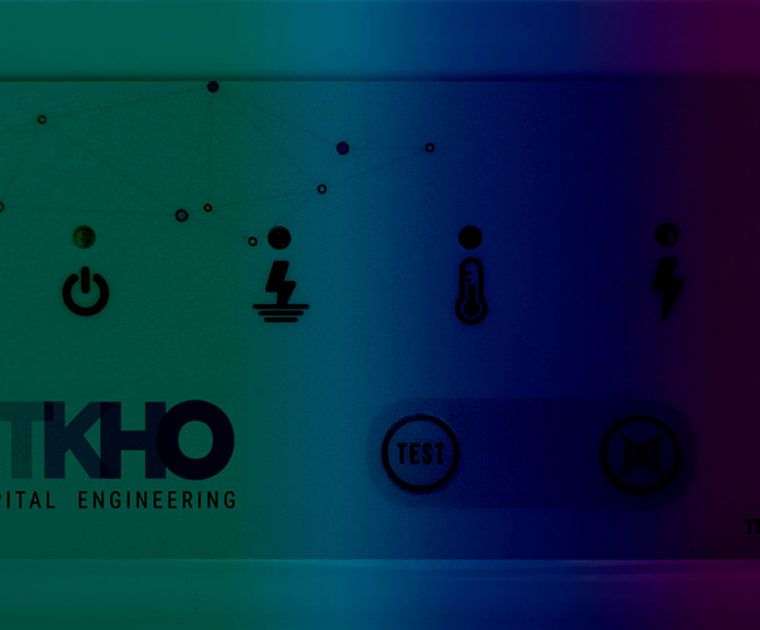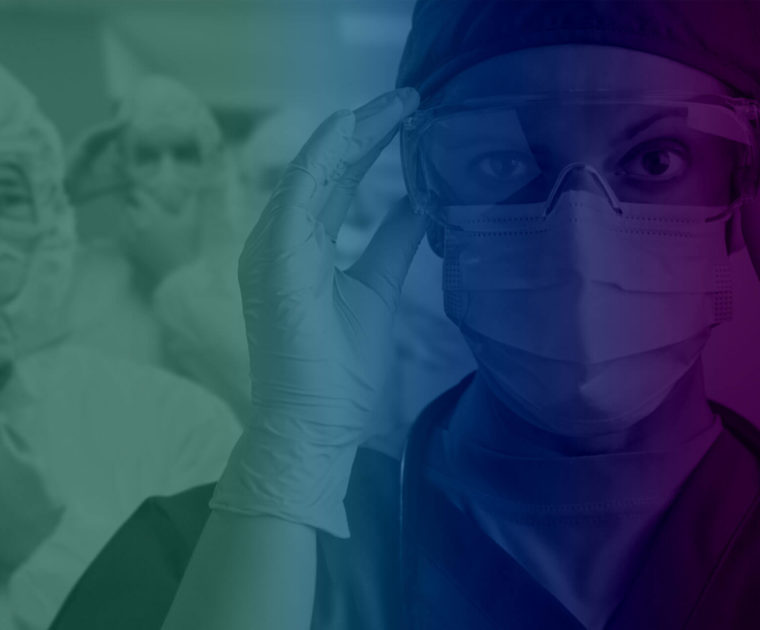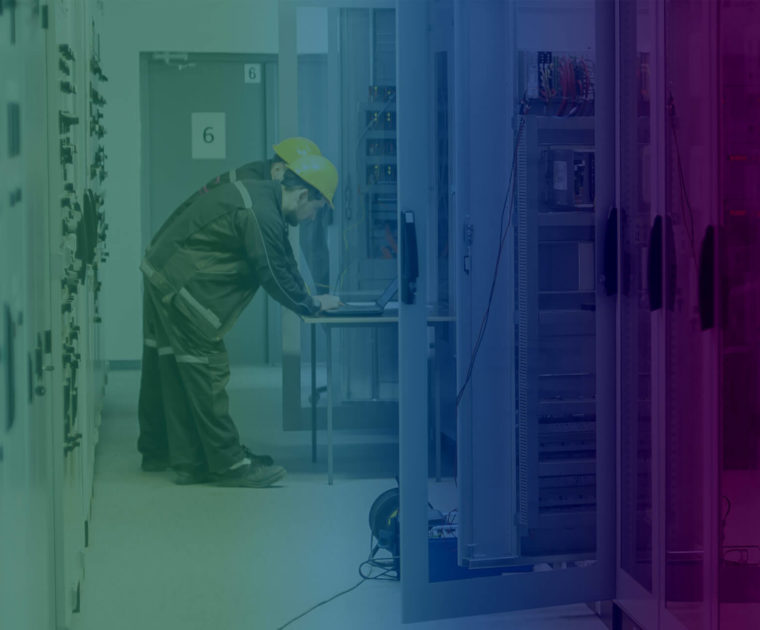Current alarm repeaters, in addition to their basic and logical use, which is to ‘snitch’ about an error or possible problem situation, have evolved to help medical personnel act. And it is that health workers have often considered this alarm as a necessary ‘nuisance’, seeing its required maintenance as a nuisance.
The fact is that, with some frequency, medical personnel have not known how to act in the face of these alarms. Or they simply did not know the risk situation that was taking place, especially in the alarms related to electrical safety.
But today, alarm repeaters not only provide additional information to medical personnel, but indicate what to do at all times to remedy the situation, or who to call. With them, touch screens also stand out on technical panels, for example in operating rooms, which allows the graphic display of the alarm with icons and colors.











